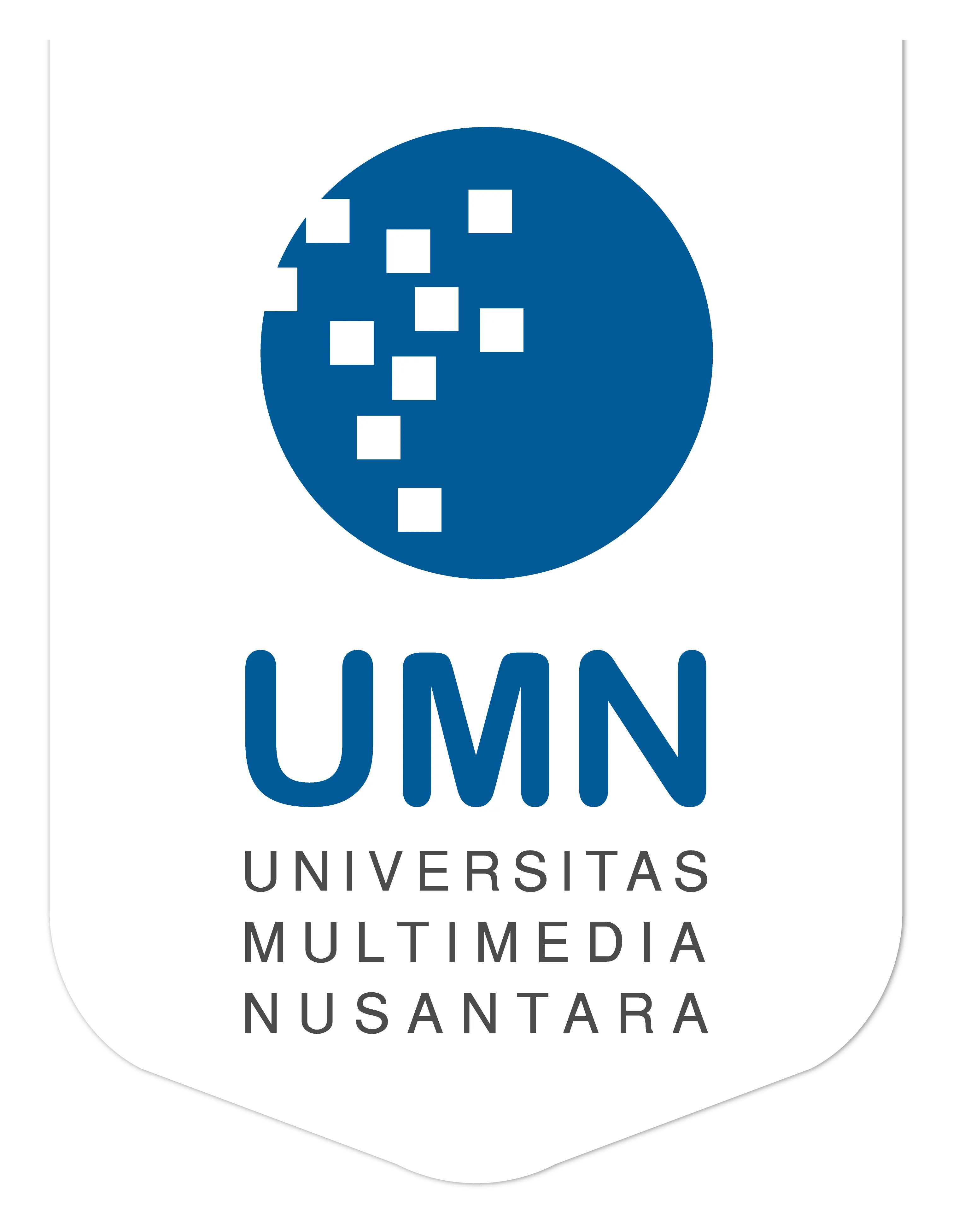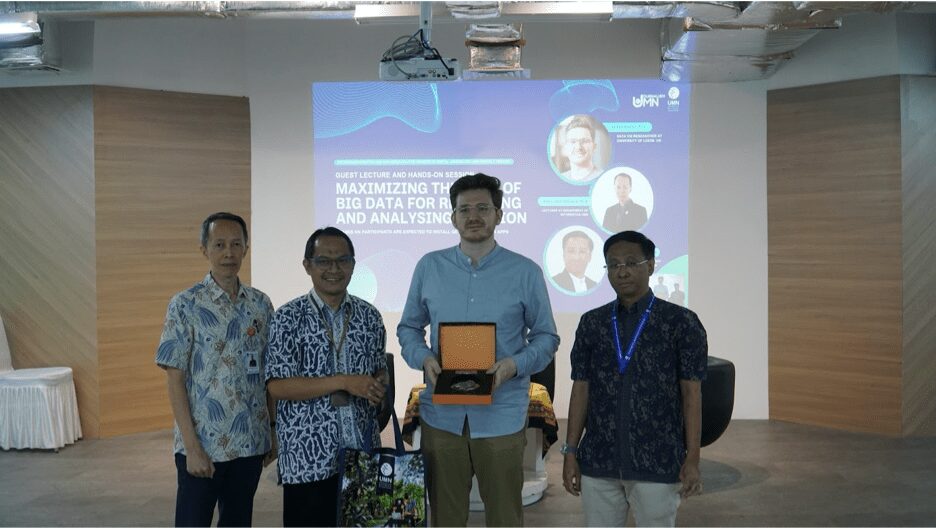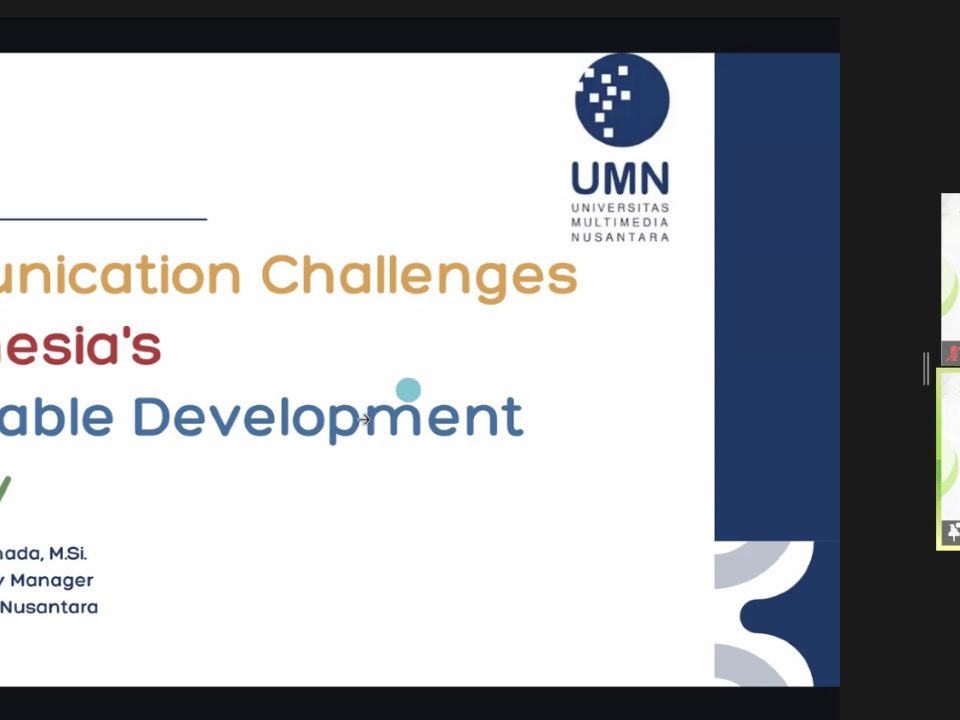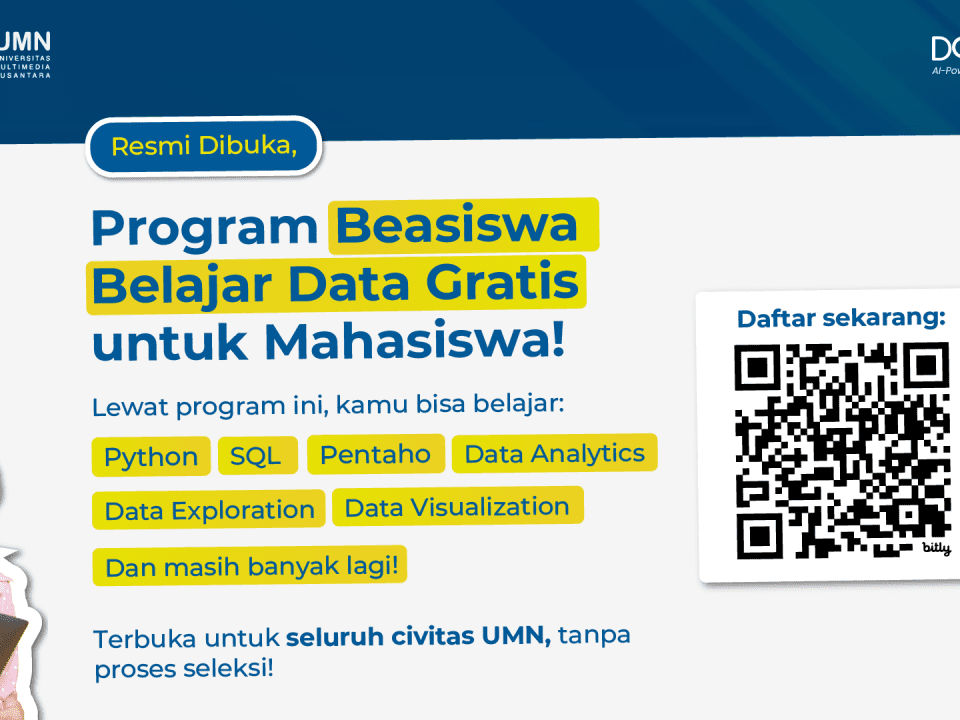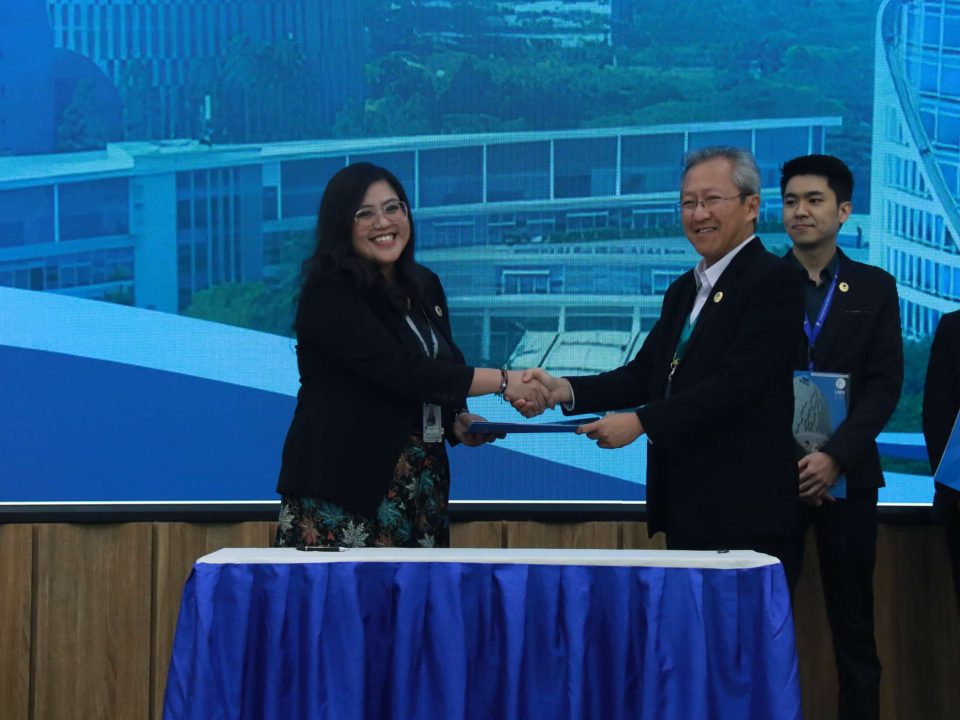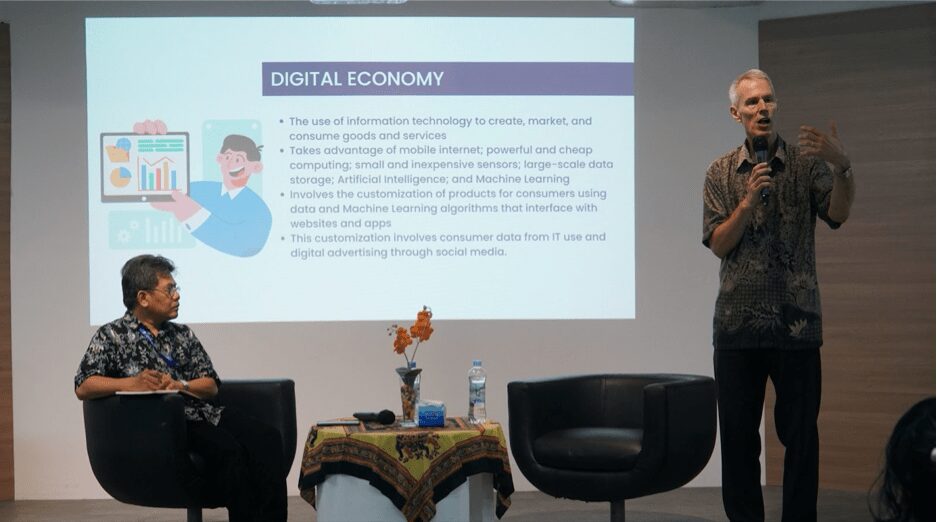
UMN Organizes Workshop “The Digital Economy & Productivity”
November 20, 2023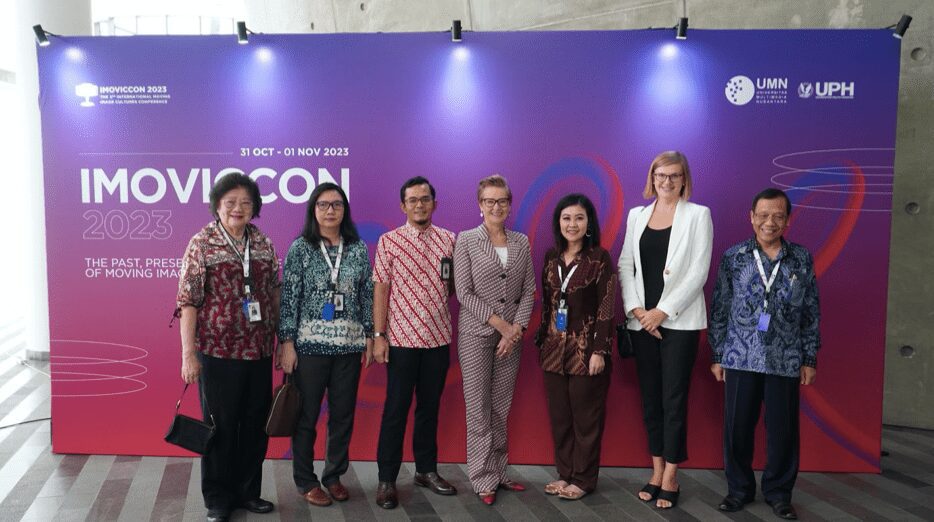
IMOVICCON 2023 Successfully Attracts Public Attention
November 20, 2023
Guest Lecture on (02/11). (Doc. UMN).
Tangerang – UMN invites journalism students to learn Big Data and Data Analytics with Arran Ridley, Ph.D on (02/11). This is done so that students can understand how to manage data.
UMN Journalism held a Guest Lecture & Hands-On Session on (02/11). With the theme “Maximizing the Role of Big Data for Reporting and Analyzing Elections.” Inviting Arran Ridley, Ph.D. as Data Visualization at Leeds University, Moeljono Widjaja, Ph.D. as UMN Informatics Lecturer, and Ambang Priyonggo, Ph.D. as UMN Journalism Media and Politics Lecturer.
The session was divided into three. The event is not only a seminar but also a training session for students. The first session was presented by Moeljono Widjaja, Ph.D, who is a UMN Informatics Lecturer; in his session, he presented material about Big Data.
Big Data can be processed and facilitate current activities, especially during the election period. Big Data has many uses, and we can also process these data. Big Data can be powerful.

Material Presentation by Moeljono. (Doc. UMN).
“Big Data can specifically find out what is needed for a campaign, adjust the needs, make predictions through platforms such as Twitter, Google, Facebook or other platforms. The data obtained will be calculated to determine the voting of each candidate,” said Moeljono in his presentation.
Big Data can process many surveys and social media discourse. We can find public sentiment about candidates and process data from the government, the public, and mainstream media. Big Data is quite helpful during the election process.
Arran Ridley, Ph.D, presented the next session. Arran is highly experienced in data visualization and social media data. Arran has also conducted various research in the field of data visualization. According to him, it is varied. This is because many social media platforms exist, such as Twitter, Facebook, Instagram, YouTube and others.

Material presentation by Arran. (Doc. UMN).
“In social media data, we study the platform, study the algorithm. If we study social media, what we learn are trends, likes, reach, explore, clicks, demographic data, and many more,” he said in delivering the material.
Social media has different features and content; we can learn what we see, which is different because trends follow social media platforms, such as location trends that only exist on Twitter. In this session, students were also given data analytics training so that students could do their own data visualization from social media.
By Rachel Tiffany Tanukusuma | UMN News Service
English translation by Levina Chrestella Theodora
Kuliah di Jakarta untuk jurusan program studi Informatika| Sistem Informasi | Teknik Komputer | Teknik Elektro | Teknik Fisika | Akuntansi | Manajemen| Komunikasi Strategis | Jurnalistik | Desain Komunikasi Visual | Film dan Animasi | Arsitektur | D3 Perhotelan , di Universitas Multimedia Nusantara. www.umn.ac.id
